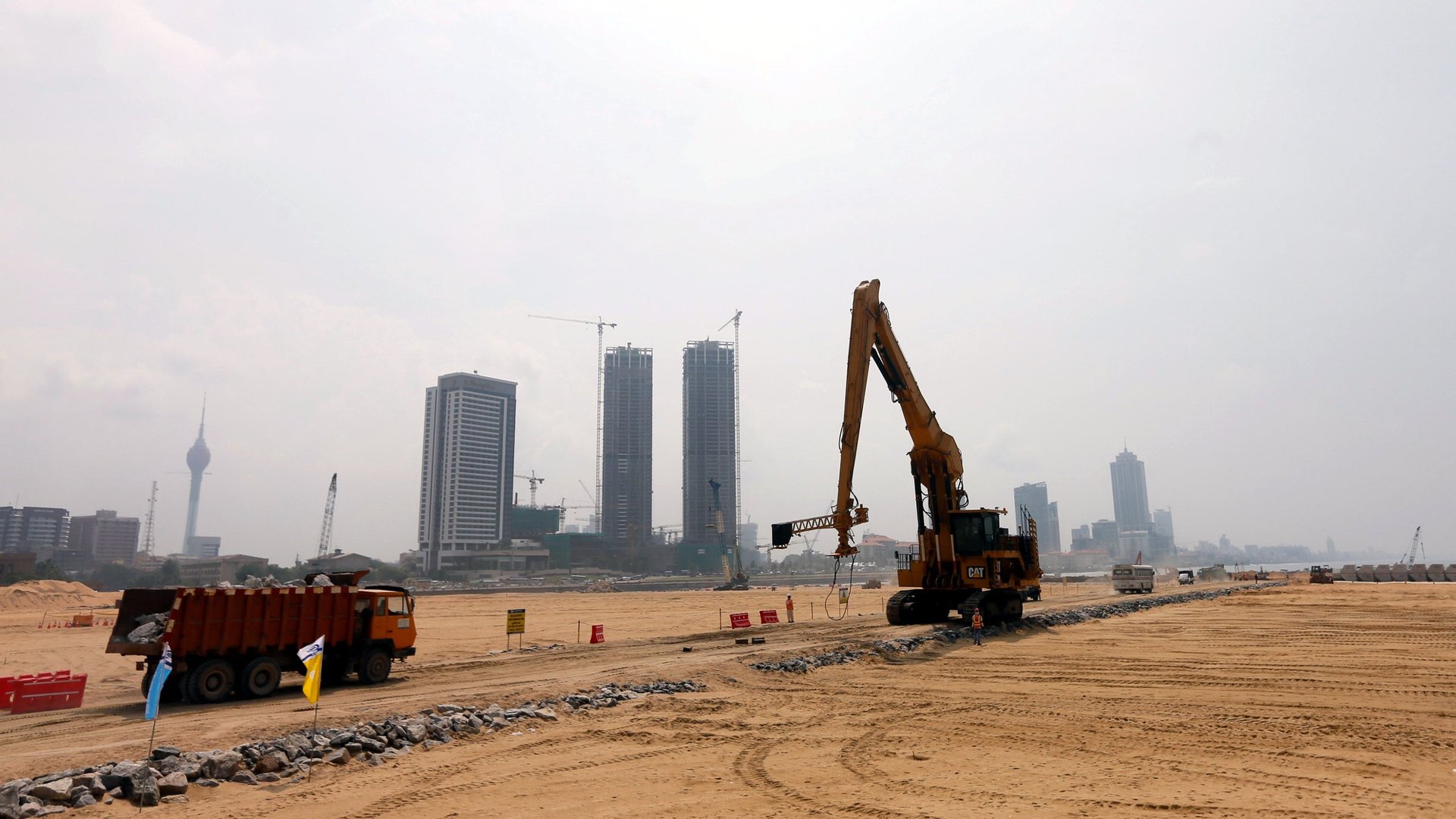Eight countries in danger of falling into China’s “debt trap”
Last year, with more than $1 billion in debt to China, Sri Lanka handed over a port to companies owned by the Chinese government. Now Djibouti, home to the US military’s main base in Africa, looks about to cede control of another key port to a Beijing-linked company, and the US is not happy about it.


Last year, with more than $1 billion in debt to China, Sri Lanka handed over a port to companies owned by the Chinese government. Now Djibouti, home to the US military’s main base in Africa, looks about to cede control of another key port to a Beijing-linked company, and the US is not happy about it.
Beijing “encourages dependency using opaque contracts, predatory loan practices, and corrupt deals that mire nations in debt and undercut their sovereignty, denying them their long-term, self-sustaining growth,” said US Secretary of State Rex Tillerson on March 6. ”Chinese investment does have the potential to address Africa’s infrastructure gap, but its approach has led to mounting debt and few, if any, jobs in most countries,” he added.
Some call this “debt-trap diplomacy“: Offer the honey of cheap infrastructure loans, with the sting of default coming if smaller economies can’t generate enough free cash to pay their interest down. In Sri Lanka, acrimony remains around Hambantota and projects like “the world’s emptiest airport.”
China has characterized its “Belt and Road” initiative as a win-win for its aspirations to become a global trade leader and developing economies’ desire to fund transportation infrastructure. It has certainly filled the vacuum created by a shrinking American presence in global institutions. But as with Western internationalist projects, China is also facing accusations of imperialist behavior when its debt plans go wrong.
The Center for Global Development, a non-profit research organization, analyzed debt to China that will be incurred by nations participating in the current Belt and Road investment plan. Eight nations will find themselves vulnerable to above-average debt: Djibouti, Kyrgyzstan, Laos, the Maldives, Mongolia, Montenegro, Pakistan, and Tajikistan.
The researchers note that they did not estimate how this debt would effect growth, and that they needed to assemble much of their data from media reports. But they still say their evidence should raise concerns about economic distress stemming from debt that would undermine development efforts altogether. In the past, China has responded to the debtors inconsistently and hasn’t followed best practices adopted by international lenders working with poor countries. Sometimes, the debt has been forgiven; other times, disputed territory or control of infrastructure has been demanded as recompense.
They argue that China should work to bring other countries into their investment programs to spread debt more equally, and adopt stricter standards and more transparency about how sustainable its support for developing economies really is. Some countries aren’t waiting on China to take action: Pakistan and Nepal turned down Chinese infrastructure loans last year in favor of other sources of funding.